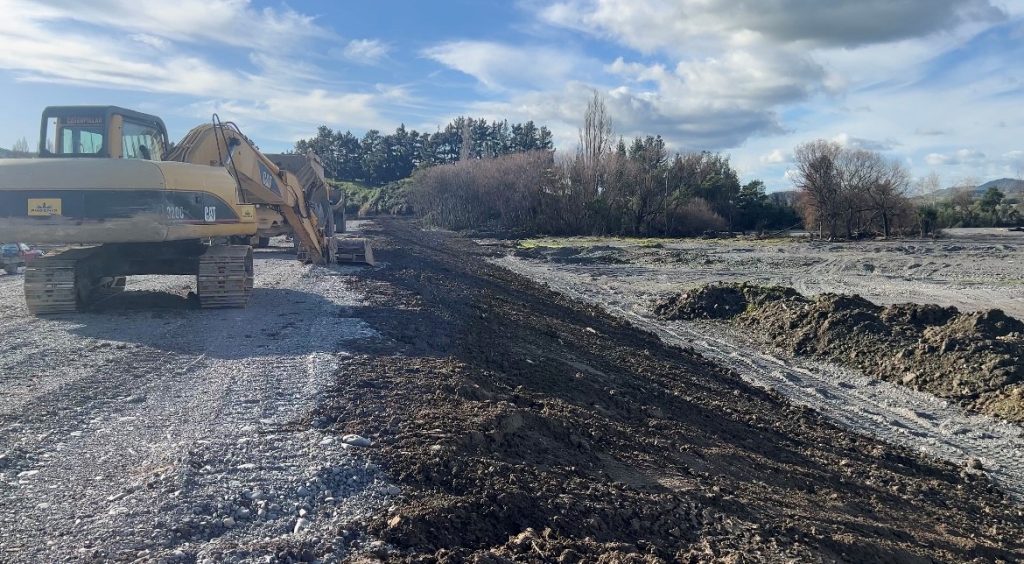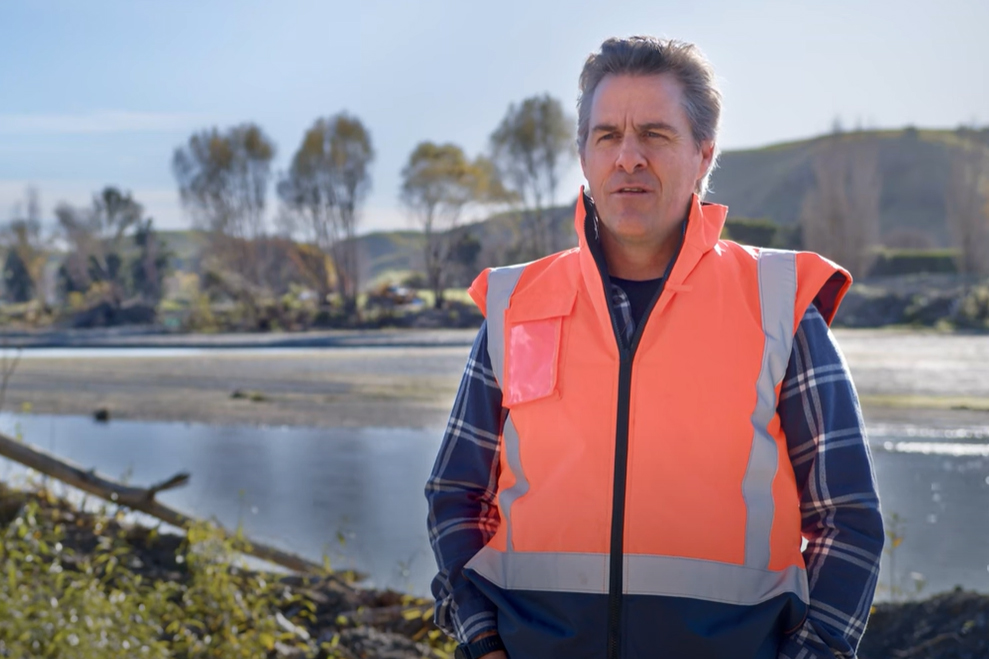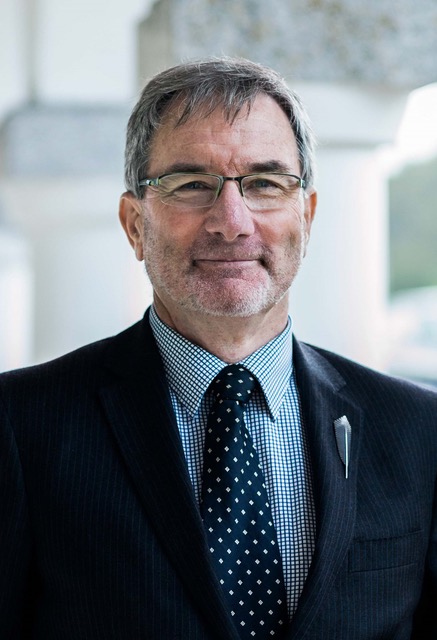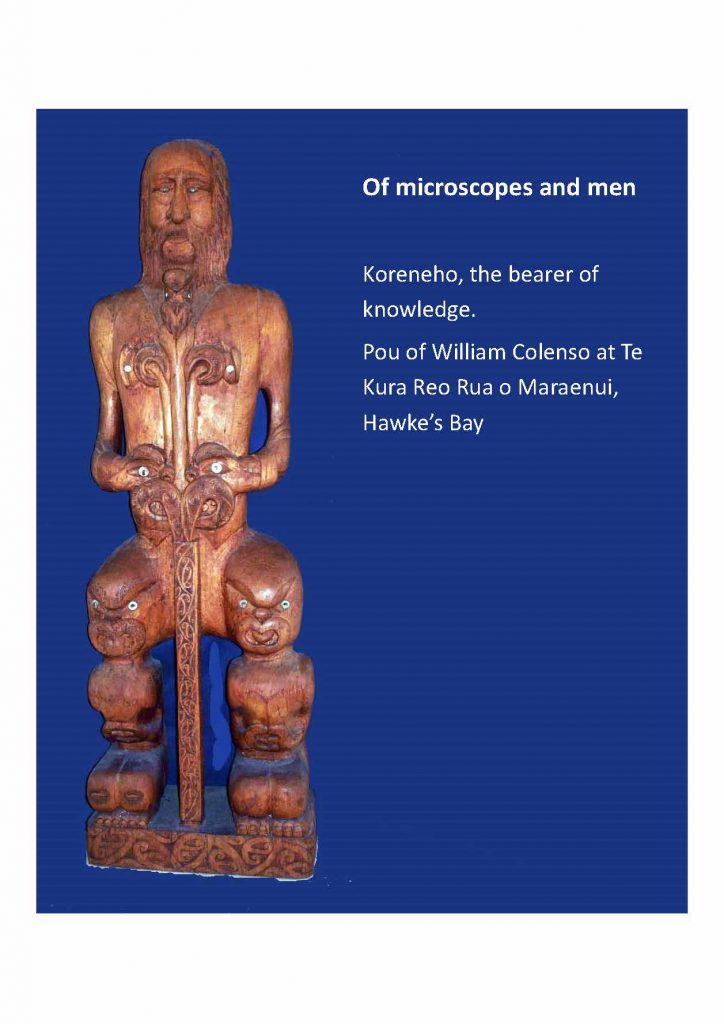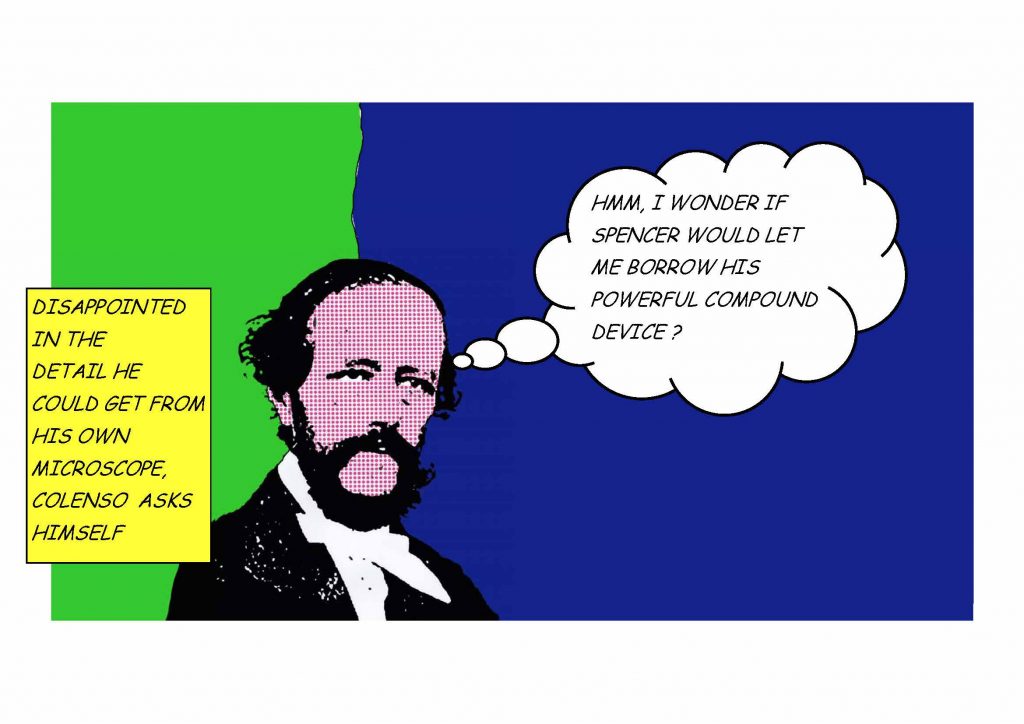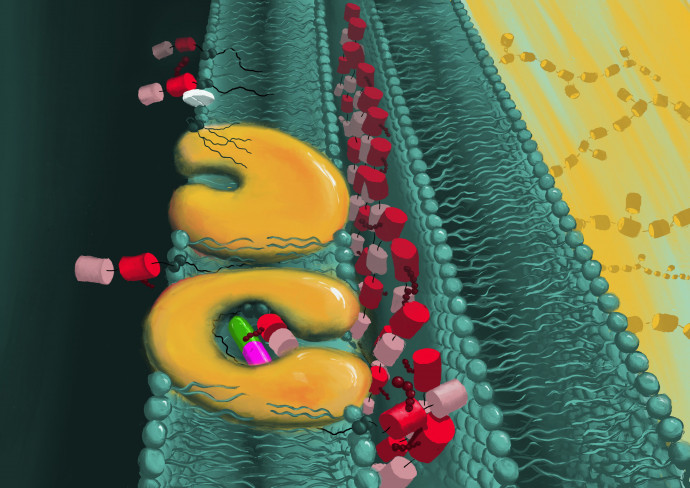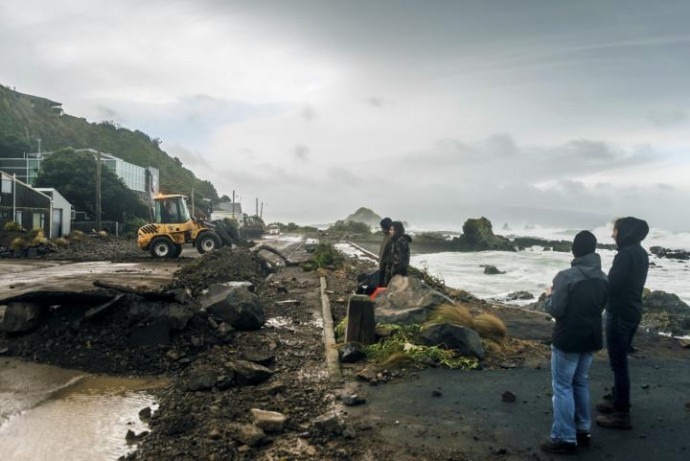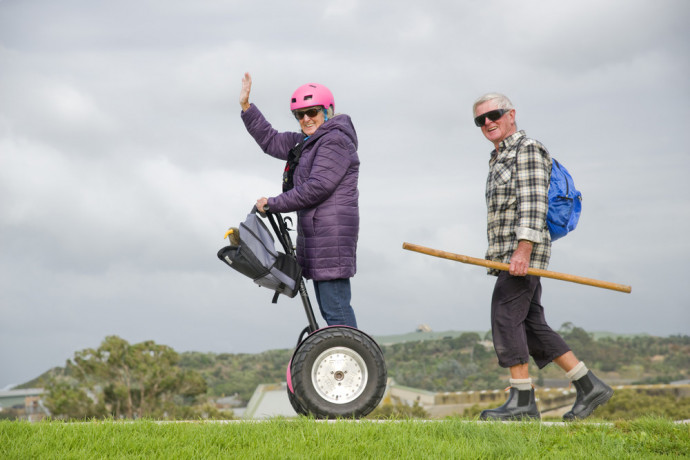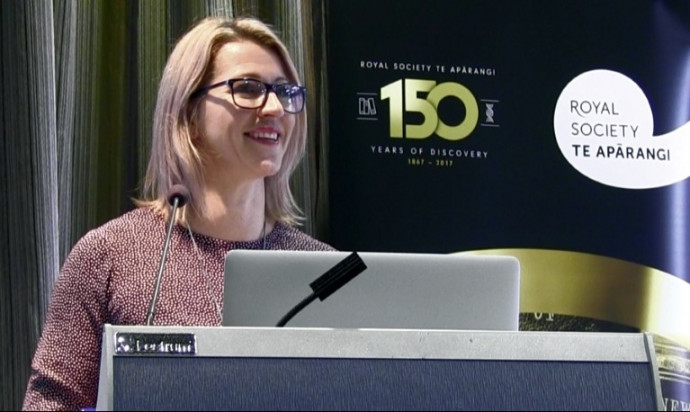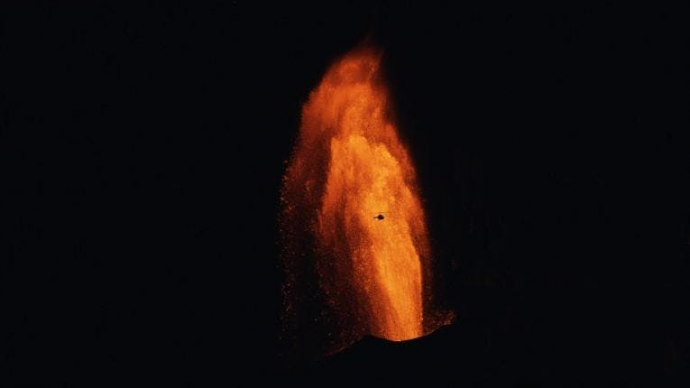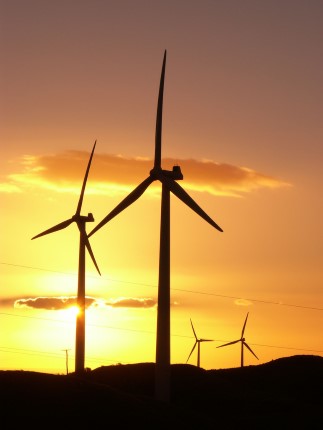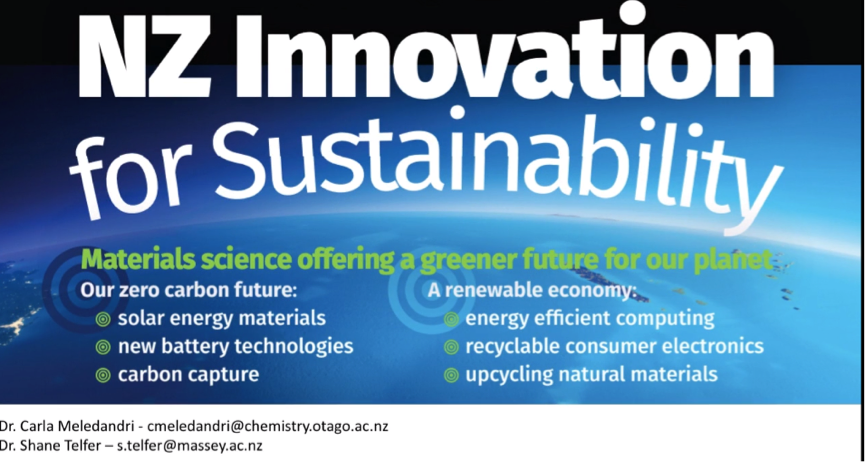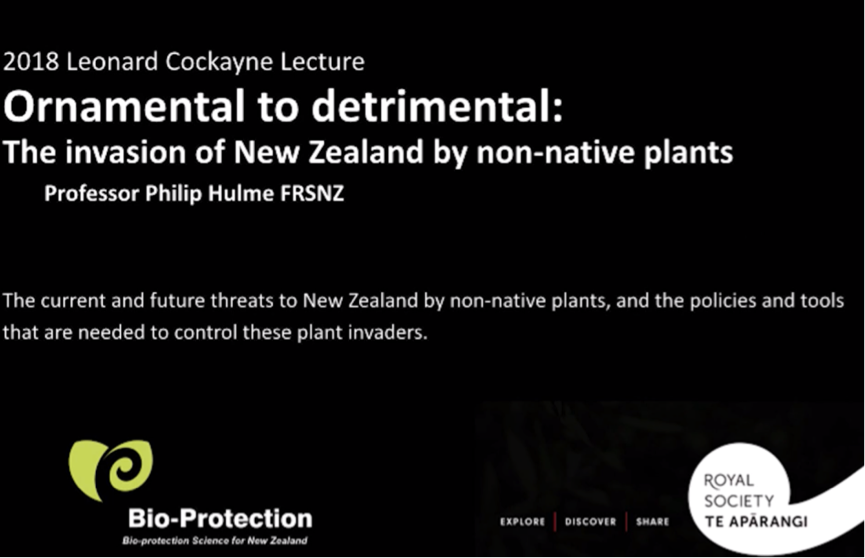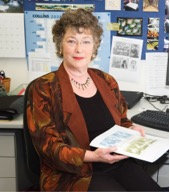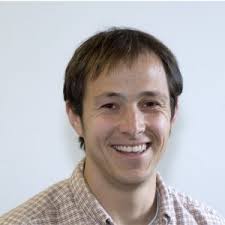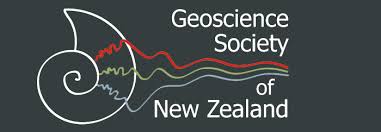Date: Thursday, 22 May 2025
Time: 5:30pm
Location: T&G Global, Whakatu (access details will be provided to confirmed attendees)
Booking Required via Eventfinda – Limited to 40 People. Bookings will open on 22 April.
This is a members-only event. You must be a paid-up RSNZ HB Branch member with membership valid through to March 2026.
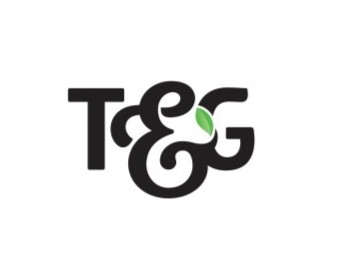
Join us for an exclusive behind-the-scenes tour of T&G’s cutting-edge $100 million apple packhouse in Whakatu, which opened in May 2023. This state-of-the-art facility is nearly fully automated, using advanced technology for apple washing, grading, packing, palletising, and storage. Some apples are even packed by robots – though humans still do it faster!
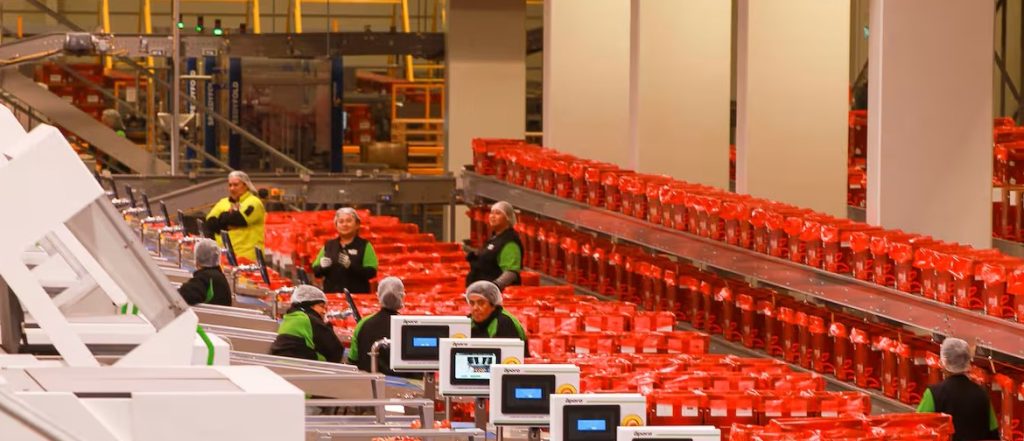
This is a rare opportunity to see one of New Zealand’s most advanced post-harvest facilities in action.
Visitor Requirements:
- Wear hi-viz if you have it (T&G will provide hair and beard nets)
- Wear flat, fully enclosed shoes
- No jewellery or watches (plain wedding bands without stones are permitted)
- No photos allowed – please leave your phone in the car

